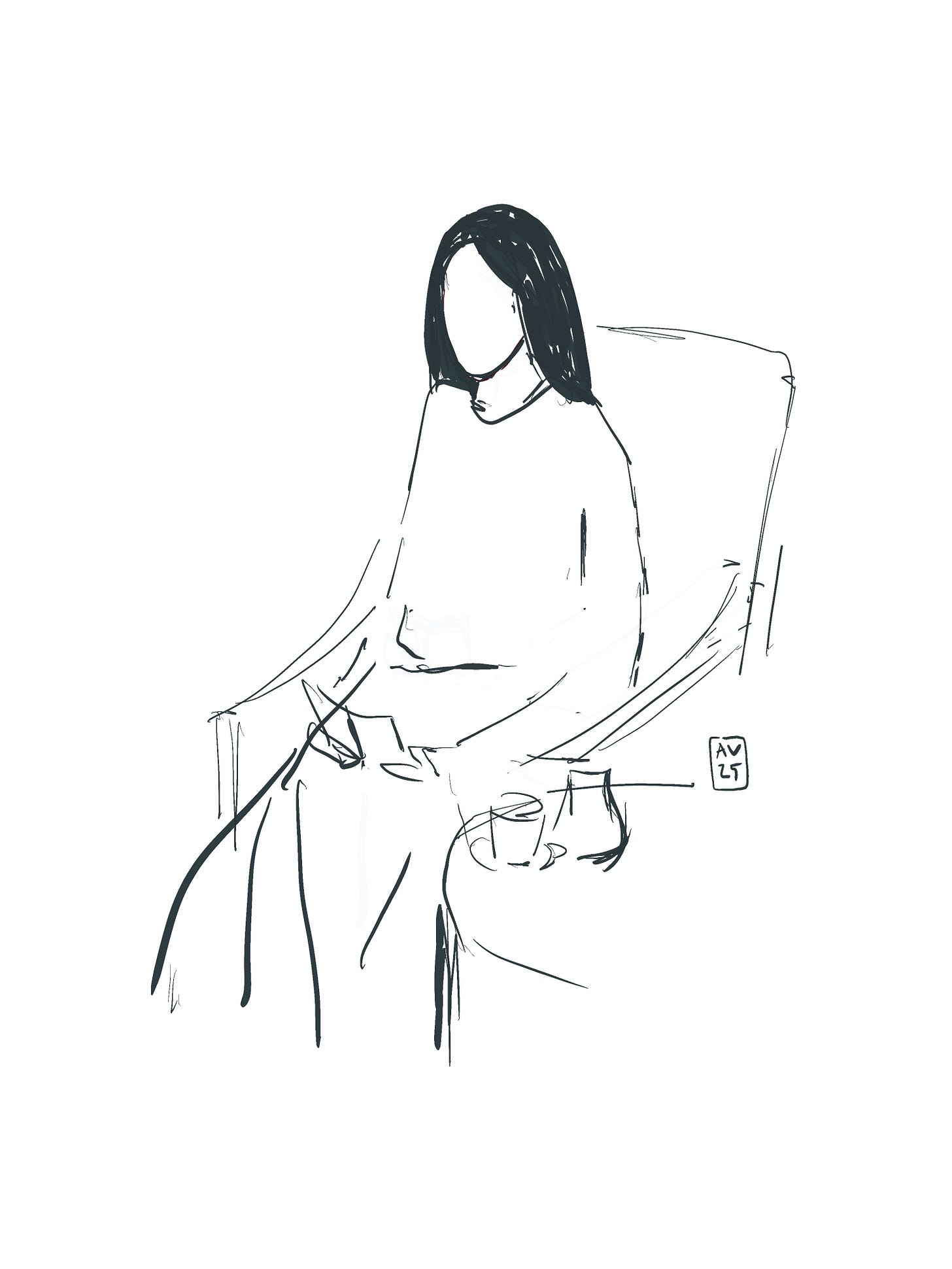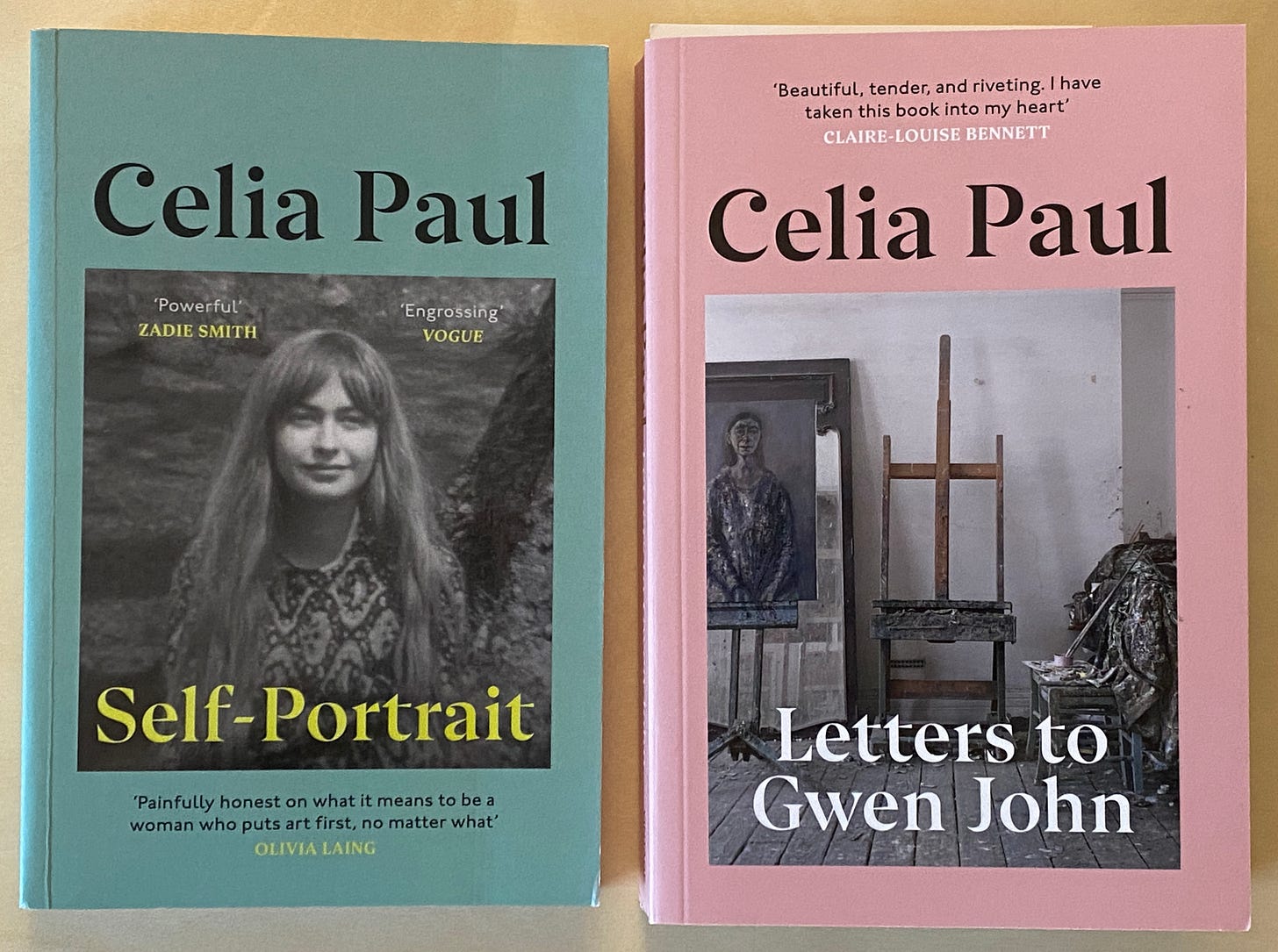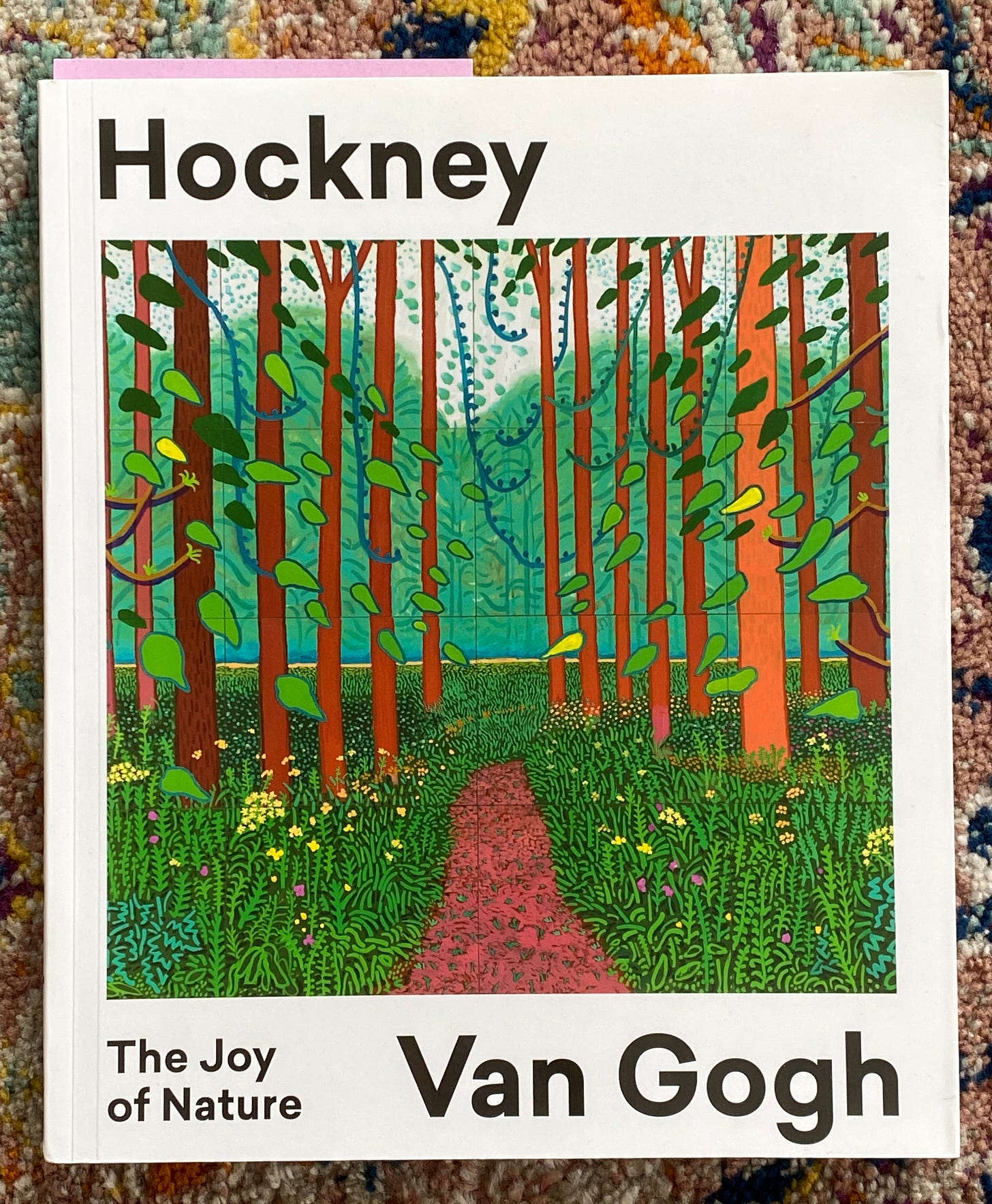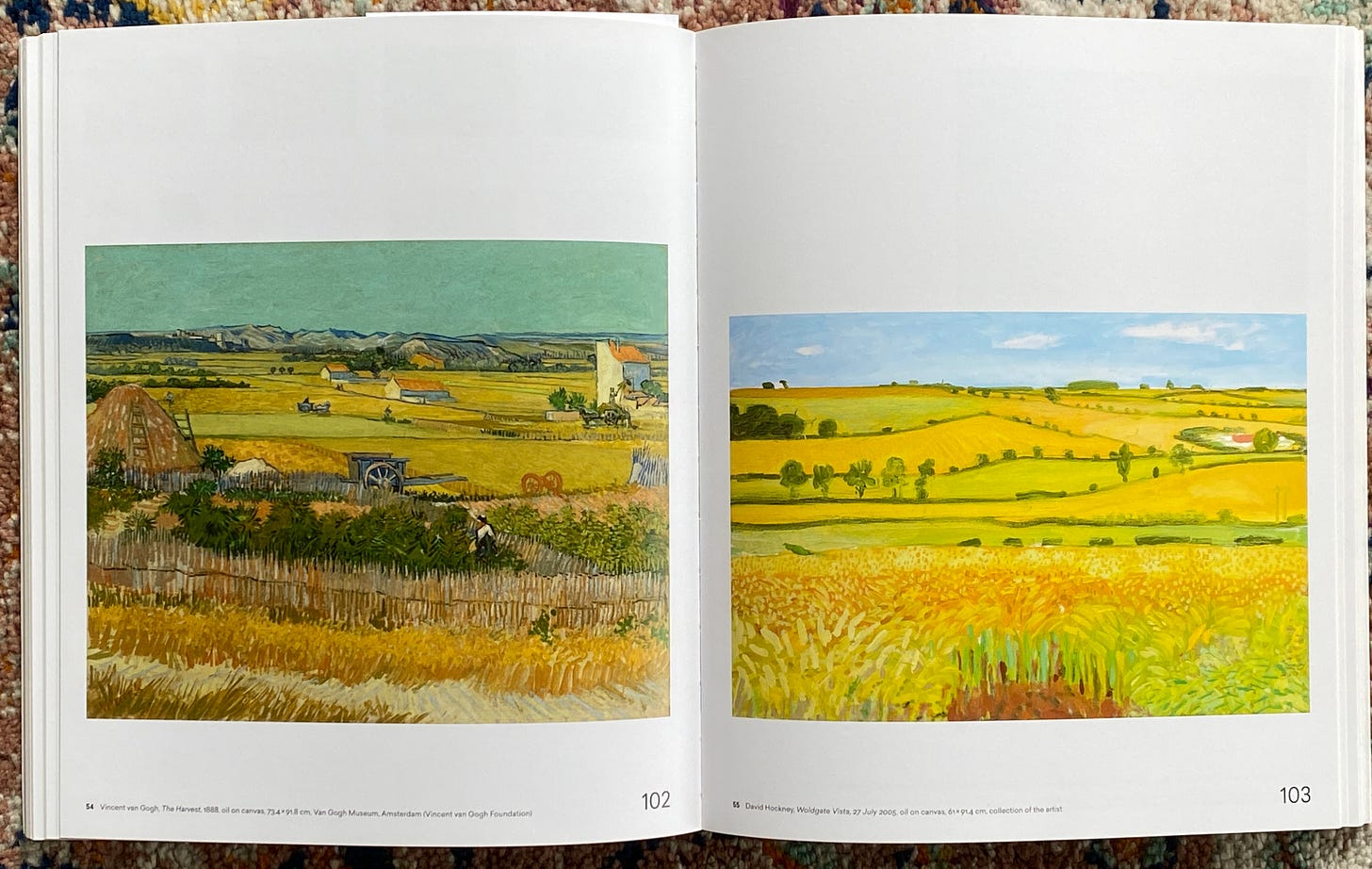Painting [drawing, also, perhaps] is different from writing. (…) We use words all the time. But painting is an acquired language that you need to practise every day, like playing an instrument: if you don’t, you lose your gift. — Celia Paul

I’ve come to the conclusion—or rather, the enjoyable pleasure—that any book that truly changes your life finds you at the right place, at the right time.
Celia Paul’s Letters to Gwen John found me on many occasions, but it was only the last time that this bond became final. I had read her brilliant autobiography Self-Portrait some years ago, and after Letters was published, I remember spotting it multiple times at Foyles. But for whatever reason, it never felt like the right book to take home then. It must have been perhaps the size of the book, as I normally tend to prefer lighter volumes.
It happened recently, in the Waterstones bookstore in Piccadilly. I was searching for something new to read after a long period of rest and there it was—Celia Paul’s book, front-facing on a shelf. This time I picked it up and took it to a nearby sofa, where I started reading a few chapters while waiting to make time for my lunch date. When it was time to leave, I knew instantly that I wanted to take it home. I needed to read more of it. This book was exactly what I needed at this moment in time: an intimate, self-reflective conversation about the lives of two great artists.
The book belongs to an interesting genre—letters. Probably the most famous letters written by an artist are Vincent van Gogh’s to his brother Theo (still on my to-read list). But Celia’s letters are different: they’re one-sided. She’s writing to someone long dead, someone she never met in person, but to whom she feels deeply connected through art.
I find this incredibly moving. It shows that meaningful connection doesn’t always require a direct response—that a conversation can transcend time, space, and even death. It reminds me how much we all crave connection in some form.
Celia embraces her solitary life, but there’s still communication and intimacy in her solitude. Some people speak to a God. Some—myself included—keep journals. Celia Paul writes letters to Gwen John.
‘Time is a strange substance’ (…) But I do feel mysteriously connected to you.
An interesting aspect of the book—beyond the biographical anecdotes and reflections—is the juxtaposition of artwork between the two artists. The parallels, the similarities, yet the subtle differences between them create a layered, visual conversation. While the exchange flows through words in only one direction through the letters, it unfolds visually in both directions through the paintings.
Though separated by 83 years, the two artists share common threads: visual themes, life experiences and relationships, a career in art, struggles, womanhood, fears—and perhaps a few joys too.
That visual conversation between artists across time reminds me of the tandem of Vincent van Gogh and David Hockney and how both share a deep, special, almost spiritual connection with nature. I’ll take this opportunity to recommend another wonderful book: The Joy of Nature, a visual dialogue between two painters and one love.
David Hockney, in fact, speaks about the non-linearity of art history, which he explores in A History of Pictures (another excellent book worth noting). In this sense, when looking at Celia’s paintings, one can also glimpse something of Gwen John’s way of seeing the world. It’s like an embedded DNA, passed down and absorbed into the artwork through the many hands of the artists we love, admire, and learn from.
You can see a bit of Vincent in Hockney’s pictures too.
In the book, and between some letters, Celia writes about Gwen’s life, giving us glimpses of her time in London and later in Paris—not only through Celia’s eyes, but also through Gwen’s own letters to friends. They are simple, day-to-day notes and observations on life, work, and habits.
There’s a quote, for example, from a letter Gwen sent to her patron that I particularly love:
‘I am quite in my work now and think of nothing else. (…) Every day is the same. I like this life very much.’
There’s a question that keeps popping into my mind: who would I write a letter to? Should it be someone from a different generation, someone who has already left this world, like Celia’s letters to Gwen? I’d love to hear your thoughts on these questions in the comments below!
In any case, it's such a beautiful practice—writing letters to a loved one.
✏️✨
Happy sketching!
Ana







